|
|
Resume |
Abstract on the Master`s work
"CEMENT PRUDUCING FROM MINING WASTES"Contents1. Urgency of the research; its goals and purposes. 2. Fundamentals of production technologies.
INTRODUCTION Cement is a bonding substance which has hydraulic properties, consisting of cement clinker and, if necessary, gypsum or its derivatives and additives. Cements are classified according to their purpose (for general, special construction, non-constructing), as well as to the form of clinker and material composition on the compressive strength, solidification velocity, setting time, the setting its special properties [1]. Among the building materials cement holds the leading position. It is used for the manufacture of monolithic and precast concrete and reinforced concrete, asbestos-cement products, mortars, bonding of individual elements (parts) of the constructions, etc. The biggest consumer of cement is oil and gas industry. Cement and derived from it progressive construction materials have successfully replaced wood, clay, lime and other traditional materials in the construction. At the moment there are three basic ways to prepare raw mix of the original components: the “wet”, where grinding and mixing are carried out in wet conditions, “dry” when materials are mixed and ground in a dry form and, at last, combined. Dry method, despite its technical and economic advantages as compared to wet, has had quite limited application for a long time as a consequence of reduced quality of the clinker. But advances in the technique of fine grinding and homogenization of dry mixtures provided an opportunity to obtain high-quality cement of the dry method. This has led to a dramatic rise in production of cement by this method in recent decades [2]. In this paper we consider the problem of obtaining high grades of cement using a feedstock of mining wastes. In Donetsk there are 22 operating coal mines and waste piles (artificial mound of waste rock extracted by underground mining of coal and other minerals), which are their effects (Fig. 1.1). 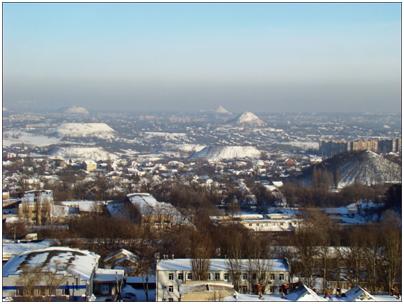 Currently, in the Donetsk region, a huge amount of waste coal mines, from which we can not only receive valuable components, but also rocks, which can be used as a feedstock for cement production. Waste-disposal and utilization issues are crucial and significant for the region. The objectives of this work are: to obtain high-quality cement, the choice of optimal technology and operation mode. The following goals can be marked out:
2. Fundamentals of production technologies. Portland cement manufacturing process consists of a number of technological operations, which can be divided into two independent complexes. The first complex consists of activities of clinker production; the second set of operations covers the grinding of clinker with gypsum and other additives, i.e. manufacturing of Portland cement [4]. Producing clinker is the most complex and energy-intensive process. It requires big financial and operating costs. The cost of Portland cement clinker in the whole cost values up to 70-80% [3]. This defines the requirement to save up the clinker, replacing it with a possible hydraulic additives and slag, as well as to seek for ways of full utilization of the clinker component in cement. Portland cement clinker comprises the following operations:
These operations are preceded by extraction of raw materials in the quarries. The main task of clinker production is getting from the raw materials given clinker mineralogical composition. For this purpose it is necessary to make sure that the oxides of raw materials more fully reacted with each other and form clinker minerals. Quality and reaction speed of this process depends on the components’ grinding rate of raw mixture (dispersibility) and its uniformity (homogeneity). The development of technology using mining waste as a raw material for cement production will save both material costs for raw materials (2-3 times cheaper than natural resources) and reduce fuel consumption (10-40%), which will reduce the cost of the product. The chemical composition of most rock shows that they are suitable for use as a clay raw material for cement binders. Based on the research data published, the idea of getting cement using waste as a feedstock is proposed. On the one hand, this will help to normalize the environmental situation in the region, and, on the other, to reduce material costs for production of finished products [1]. As waste products for producing cement, raw materials were taken with the following basic composition components: 55% SiO2, 30% Al2O3, 5% Fe2O3 (Fig. 2.1). According to calculations carried out, the receipt of cement per 1 ton of waste accounts for 3.9 tons of CaCO3. 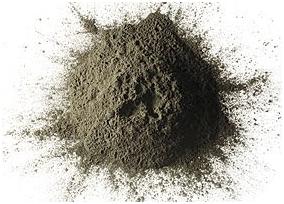 As the lime component a variety of rocks with high content of calcium carbonate can be used (Figure 2.2). Such rocks are widespread on the territory of Donetsk region and are sometimes wastes themselves (overburden the development of various minerals) [6]. 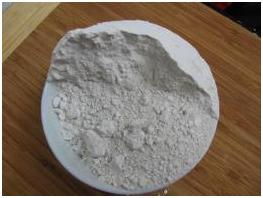 In this paper we consider the possibility of recycling wastes in two ways:
Conditional flowsheet selected for this analysis is shown in Fig.2.3. 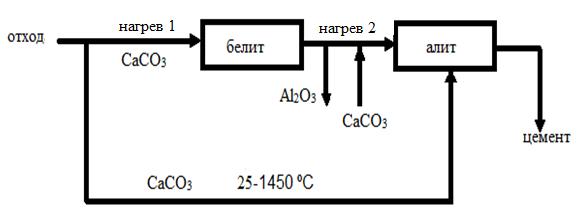 To obtain the alite, the first way is one-time heating of the feedstock: wastes and CaCO3 are heated to a temperature of 1450 C in order to obtain alite (3CaOSiO2). The second is implemented using a two-stage heating. Wasres are heated with CaCO3. The result of burning is belit (2CaO SiO2). The received cake is cooled off to 25 C and then Al2O3 is extracted. In this connection it is necessary to carry out reheating. Partially the heat of waste gases obtained during the first firing can be used. This heating is carried out also using CaCO3 at temperature of 1450 C to obtain alite [7]. Consistently all stages of the process line are shown in Fig.2.4.  3. Experimental part As a source of raw materials was taken chalk and mudstone. The resulting batch is tempered by water and thoroughly stirred until smooth (Fig. 3.1). 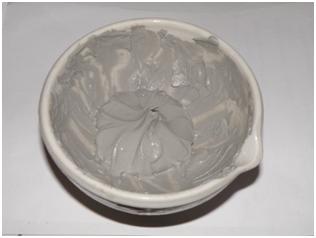 The prepared batch is heated to a temperature of 1300 C (fig.3.2). The data are presented in Table 3.1 of heating [3]. 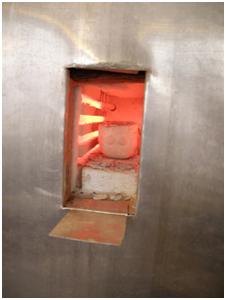 Table 3.1 - The process of sintering  After cooling, the resulting spectrum is sent to a leaching stage Al2O3. The second stage of burning to a temperature of 1450 C, has not yet been conducted, but is planned soon [2,4]. CONCLUSIONS According to the analytical data, we can conclude that the amount of heat required for reheating by the second method (two-stage heating) is compensated by the value derived Al2O3. When using this technology there will be an the opportunity not only to obtain cement of the highest quality but also recycle mining industry wastes, which in turn will help improve the environment of the region.
DonNTU| Master's portal| Resume| |